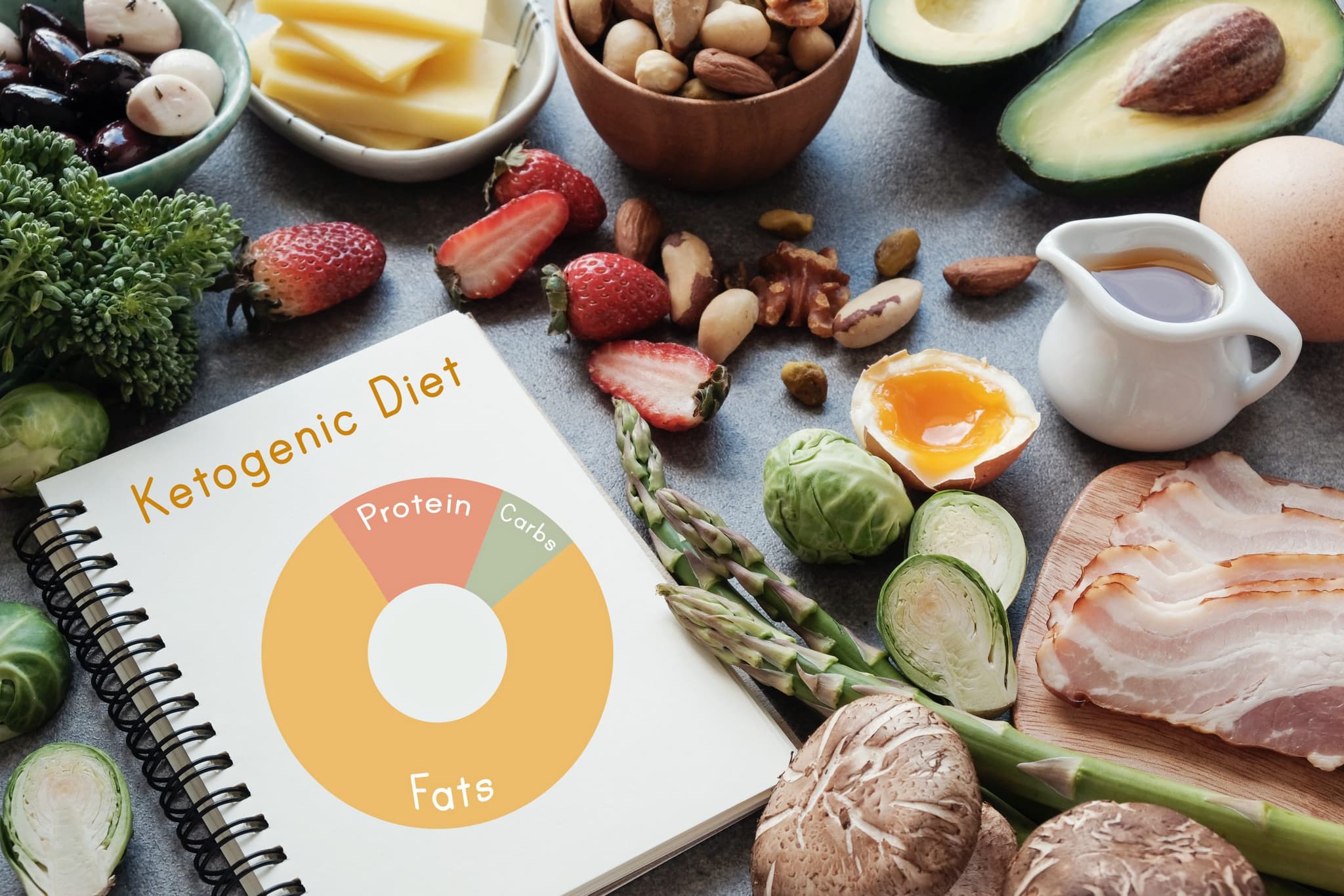
2025-08-12T11:38:49
Health Benefits of Fiber
- Family Medicine
- Gastroenterology
- Internal Medicine
- Weight Management
November 24, 2017 | Weight Management

It’s no secret that a healthy diet and a regular exercise routine are key factors in weight loss and management. Here are a few things to keep in mind.
Excess weight can be damaging to your health, and according to the Centers for Disease Control and Prevention (CDC), obesity rates have skyrocketed in the United States recently. One way of tracking whether you might be at risk involves using body composition monitoring, which can indicate when it might be time to make changes.
For initial weight loss, calorie intake is the primary area to focus on. However, exercise is highly beneficial for keeping the pounds off once they’re gone—as long as the exercise is in coordination with continuing diet plans. Exercise can prevent or even reverse the effects of certain diseases, and it can lower blood pressure and cholesterol to decrease the likelihood of a heart attack. Exercise can also increase metabolism (the number of calories burned in a day) and help maintain and increase lean body mass.
In general, you should start slowly, with just a few minutes of exercise at once. The goal is to eventually work up to half an hour on most days of the week. If your schedule requires it, you can split this into shorter periods of a few minutes at a time.
As you continue to exercise and build up your stamina, you can graduate to longer exercises and more strenuous activities. Consider ramping up the intensity if you think you can handle it. At minimum, general recommendations include performing aerobic exercise at least three times a week for at least 20 minutes per session.
Any exercise that makes the heart and lungs expend more energy than normal is ideal. Some suggestions include walking, biking, jogging, swimming, fitness classes or cross-country skiing. There are also ways to work exercise into daily activities, like mowing the lawn or playing with your kids.
A few other recommendations:
To get the most out of exercise, mix in higher-intensity exercises like strength training and use your heart rate to track how hard you’re working. The formula for determining your target heart rate is simple: subtract your age from 220, then calculate 60 to 80 percent of that number.
If you need to make alterations to your training program based on heart rate, consult a trainer or your doctor to determine proper intensity levels. Do the same if you have any special health concerns like an injury, diabetes or a heart condition.
For more detailed information on how exercise can help you manage your weight, speak to your doctor for recommendations.
Sources:
“CT scan (How you prepare).” The Mayo Clinic. https://www.mayoclinic.org/tests-procedures/ct-scan/basics/how-you-prepare/prc-20014610
“Positron emission tomography scan (How you prepare).” The Mayo Clinic. https://www.mayoclinic.org/tests-procedures/pet-scan/details/how-you-prepare/ppc-20319717
“MRI (How you prepare).” The Mayo Clinic. https://www.mayoclinic.org/tests-procedures/mri/details/how-you-prepare/ppc-20235719
WRITTEN BY:
The Live Better Team

2025-08-12T11:38:49

2024-11-11T15:27:56

2024-03-22T08:45:28

2022-12-20T17:04:49
This information is not intended to replace the advice of a medical professional. You should always consult your doctor before making decisions about your health.